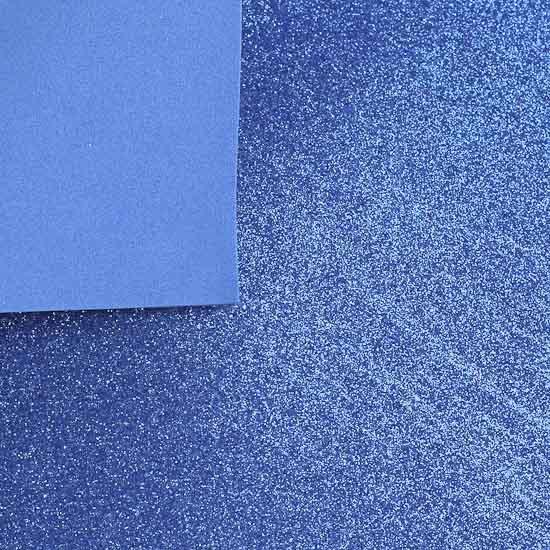Long ago, before Venus or Aphrodite, before Artemis or Athena, before Demeter or Persephone, there was Inanna. She was the great Mesopotamian Queen of Heaven and Earth, the goddess of love, fertility, and war. Inanna was what the Sumerians called her; their Semitic neighbors, the Akkadians, called her Ishtar. As time went on the Sumerian language was entirely replaced by Akkadian, and thus Ishtar is the name that endured. It was as Ishtar that she was worshiped by the later Babylonians, the Assyrians, and the Canaanites, who pronounced her name something like Ashtart. When the Greeks came along, they rendered her name as Astarte. In one form or another, she was the face of God for 4,000 years.
The early images of Inanna-Ishtar show her wearing a flounced dress—a kaunakes—which was a super-archaic Sumerian garment with long tufts of wool pulled out to make it look like a sheepskin. Over time, the kaunakes was replaced by a shawl-like tunic wrapped spirally around the body, and the long wool tufts evolved into fancy fringes along the border of the cloth (as you can see in our main illustration above: look at how the people of the Neo-Babylonian court are dressed). For our Inanna-Ishtar costume we’re going with the fringe-on-cloth version rather than the archaic sheepskin look. The blue is a reference to the lapis lazuli that was sacred to Inanna, and to the blue-glazed bricks of the magnificent Ishtar Gate. The other key goddessy components of Inanna-Ishtar’s outfit are her horned headdress and her wings. The pieces we suggest, from left to right:
1. Blue sari. A modern sari is a perfect substitute for the ancient Mesopotamian spiral tunic. Saris are typically at least five or six yards long, which means there’s plenty of cloth to wrap around you several times. (We give you some tips below on how to wear it.) There are a million blue saris in the world; you can look for a vintage one on ebay or buy a new one. (Ours is a vintage sari that we found for 20 bucks.)
2. Gold fringe. You’ll need five or six yards of fringe to attach along one edge of your sari; just use something like Res-Q tape to stick it on.
3. Maleficent horns transformed with Krylon Fusion Blonde Shimmer spray paint. It’s not easy to find Bronze Age divine headgear in the costume shops, but this year we’re in luck: Disney’s Maleficent was a hit, and the stores are full of long, curved horns that are just the thing for Inanna’s crown. This particular set of horns is simply held together with string, so you can turn them around and wear them at a different angle. For Inanna, you’ll want them curving towards the front; we tied ours together in the front with invisible thread. The Krylon Fusion spray paint does a good job on the plastic.
4. Eight-pointed royal blue star. The eight-pointed star was Inanna’s symbol par excellence. It signified the Morning and Evening Star—the planet Venus—which was Inanna’s celestial manifestation. We cut one out of royal blue glitter foam, and attached it to the invisible thread holding our horns together. Here’s an outline image of an eight-pointed star you can use: 8-Point-Star-528px.png. Just print it out and trace it onto glitter foam or cardboard.
5. White feather wings. Not all depictions of Inanna-Ishtar show her with wings, but she could clearly sprout them whenever needed.
6. Blue beaded medallion necklace. In the Descent of Inanna, an ancient hymn describing the goddess’s trip to hell and back, it says that “she hung small lapis-lazuli beads around her neck.” So wear a blue-beaded necklace of some sort. This bib-style piece from Zad looks appropriately fabulous.
How to wear the sari as a Mesopotamian tunic: First use some Res-Q tape to attach fringe along one edge of your sari. (If you don’t have a sari, a 5-yard length of fabric right off the bolt would also work.) You should end up with a piece that looks like this:
To wear it, start by winding it around you at waist level, like a wraparound skirt. A belt or a string tied around your waist can be useful to keep it in place; you might also want to use a couple of safety pins. Then continue winding it around you upwards, as many times as necessary, and finish by throwing the last several feet of fabric over your shoulder.
More info: You can read more about the ancient Sumerian kaunakes on our Enheduanna costume page. There’s more discussion of the mythological angle in our Costume Candidate for 2013: Inanna-Ishtar blog post.
Main illustration credits: The Ishtar cylinder seal dated ca. 2200 BCE is in the collection of the Oriental Institute at the University of Chicago (see their Highlights of the Collection page). The Ishtar relief dated ca. 2000 BCE was recovered from Eshnunna (modern Tell Asmar), and is in the Louvre. The Mari statue is a modern copy of a life-sized sculpture found in Syria and dated to about 1800 BCE. It’s often called the “goddess with vase,” and may or may not represent Ishtar; nevertheless, the headdress and clothing are very similar to Ishtar’s attire. The illustration of the Neo-Babylonian court is by Roger Payne, and was created for Look and Learn magazine (no. 1044, dated 13 March 1982). The background painting is an artist’s recreation of the Ishtar Gate as it might have looked when new; the artist’s name is unknown.




















